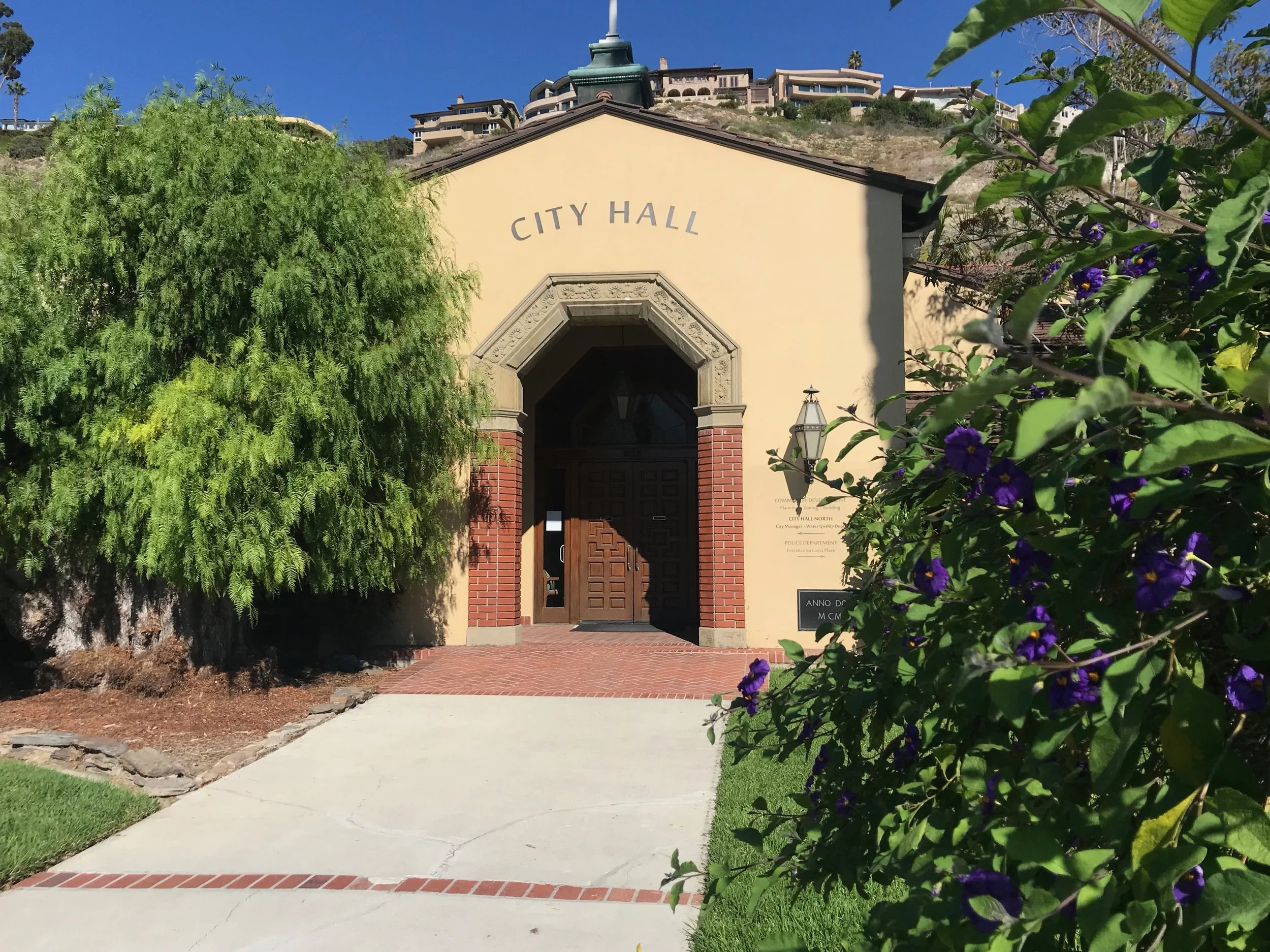For Community Advocates
Are you part of the Movement of Yes in preservation and want to make positive change in your city? We’ve assembled tools you can use to be an advocate for preservation in your community.
Help Us Challenge the Myths About Preservation
A few years ago, Ken Bernstein- now Manager of the Office of Historic Resources and Principal City Planner for the City of Los Angeles, compiled this list of 10 myths about historic preservation. You may find them handy when talking about preservation to other residents, business owners or decision-makers in your city.
First Step is to Survey Your City
You’ve heard the expression you can’t manage what you can’t measure, right? In preservation, you can’t save what you can’t measure. How many historic dwellings are in your city? Several cities in Orange County have undertaken partial or citywide surveys of their historic resources. Many of these surveys are out of date. Here’s a useful document for understanding more about local surveys and why they’re important: National Register Bulletin 24: Guidelines for Local Surveys: A Basis for Preservation Planning
All Preservation is Local
A house or building or landscape on the National Register does not guarantee its survival. Here’s a primer from the California Office of Historic Preservation on local preservation ordinances.
Nominating a Property to the California Register or National Register
In the absence of a local historic register, you may want to consider nominating a property of significance to the history of your community to the National Register of Historic Places or the California Register of Historical Resources. (If you’re unsure which one, contact us, we can help you. There are also a few more state and national options.) Being listed is an honorific and it does not directly protect a property from insensitive alteration or demolition. But, depending on the land-use rules in your city, it can help to delay an action which gives communities time to engage the public in the issue and open up the possibilities for preventing demolition. (Again, contact us to understand more.) Both registration programs assess districts, buildings, structures, landscapes and objects by their “historical significance” and their “integrity.” Every nomination - whether to the state or national registers- is first vetted by the historians at the State Office of Historic Preservation. Once the historians have recommended the property, the nomination is heard in a public forum by the the State Historic Resources Commission, a public board appointed by the Governor.
Check out these resources to learn more:
Registration Programs Comparison Chart
California State Office of Historic Preservation— Registration Programs
How to Apply the National Register Criteria
How to Complete the National Register Registration Form
National Register Nomination (Registration) Form
Why Does CEQA Matter to Preservationists?
The California Environmental Quality Act – known as CEQA (pronounced see-qua)- requires that all development involving public dollars be reviewed for it’s environmental impacts. “Environmental” is defined broadly in CEQA to include historic resources. If a historic structure is to be affected by a new road, for example, the organization responsible must come up with a plan to avoid or reduce damage. All CEQA cases are on the public record so citizens can be made aware of projects that affect their communities. The Los Angeles Conservancy has produced an excellent brochure to explain CEQA in English and CEQA in Espanol to citizen advocates like us.
Advocate for Property Tax Abatement
Only a handful of cities in Orange County have a Mills Act program. Here’s what you need to know about the Mills Act. For the Mills Act program in your city, please go here.
Other Preservation Tax Incentives
Assist developers and property owners in your city to identify projects that may invite federal or state historic preservation tax credits.
Let the Secretary of the Interior Be Your Guide
Your city’s Design Guidelines or Historic Preservation Ordinance, likely make reference to the Secretary of the Interior Standards. These Standards and Guidelines are consulted by owners of historic places- public and private, residential and commercial- all over the US.
The banner photograph above is of the Laguna Beach City Hall.

